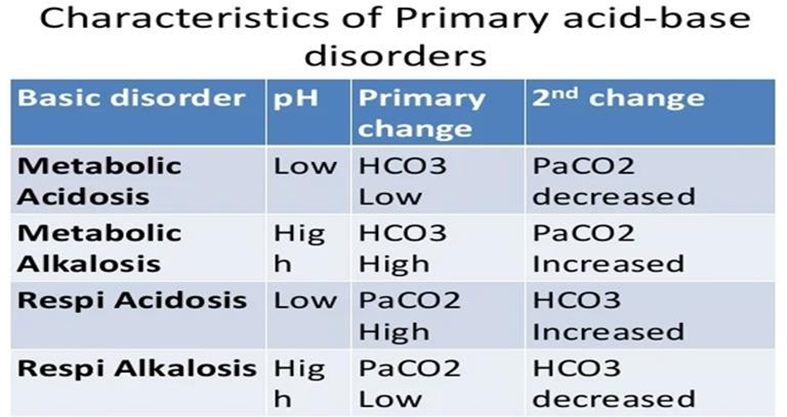The nurse suspects that a client's intravenous solution has infiltrated. What action should the nurse take first?
Stop the infusion immediately
Document the findings in a nurse's note
Flush the catheter with 3ml normal saline
Remove the catheter and apply pressure to the site
The Correct Answer is A
A. Infiltration occurs when the intravenous solution leaks into the surrounding tissue instead of flowing into the vein. This can cause discomfort, swelling, and potential tissue damage. Stopping the infusion immediately helps prevent further infiltration and minimizes the risk of complications such as tissue necrosis or damage.
B. While documenting the findings is important for the client's medical record, it is not the first action to take when suspecting infiltration. Immediate intervention to stop the infusion and assess the site for complications takes precedence over documentation.
C. Flushing the catheter with normal saline may be necessary after stopping the infusion to ensure patency and clear any remaining solution from the catheter. However, this step should follow the immediate cessation of the infusion to prevent further infiltration.
D. Removing the catheter may be necessary if significant infiltration has occurred or if there are signs of tissue damage. However, this should be done after stopping the infusion to prevent further infiltration and should be based on the assessment findings and healthcare provider's instructions.
Nursing Test Bank
Naxlex Comprehensive Predictor Exams
Related Questions
Correct Answer is D
Explanation
D. In metabolic acidosis, the pH would be low (acidemic) and the HCO3 level would be below the normal range. In the provided ABG results, the pH is low (acidemic) and the HCO3 level is below the normal range, indicating metabolic acidosis.
A. In respiratory alkalosis, the pH would be elevated (alkalotic) and the PaCO2 would be below the normal range (hypocapnia). However, in the provided ABG results, the pH is low (acidemia) rather than high, ruling out respiratory alkalosis.
B. In respiratory acidosis, the pH would be low (acidemic) and the PaCO2 would be above the normal range (hypercapnia). However, in the provided ABG results, the PaCO2 is within the normal range, ruling out respiratory acidosis.
C. In metabolic alkalosis, the pH would be elevated (alkalotic) and the HCO3 level would be above the normal range. However, in the provided ABG results, the pH is low (acidemic) and the HCO3 level is below the normal range, ruling out metabolic alkalosis.

Correct Answer is A
Explanation
A. Confidentiality refers to the ethical duty of healthcare providers to safeguard patient information and maintain privacy. Upholding confidentiality means that healthcare providers must not disclose sensitive information about a patient to unauthorized individuals without the patient's consent. In this scenario, if the client asks the nurse not to disclose their medical diagnosis to their family members, respecting this request would uphold the principle of confidentiality by protecting the privacy of the patient's health information.
B. Justice in healthcare refers to the fair and equitable distribution of resources and the provision of healthcare services. While justice is an important ethical principle, it is not directly applicable to the client's request regarding the disclosure of their medical diagnosis to their family members.
C. Veracity, also known as truthfulness, is the ethical principle of honesty and truthfulness in communication with patients. Upholding veracity means providing patients with accurate and truthful information about their health condition and treatment options. In this scenario, if the nurse complies with the client's request not to disclose their medical diagnosis to their family members, it may involve withholding information and not fully disclosing the truth to the family members. Therefore, upholding the client's request may conflict with the principle of veracity.
D. A healthcare proxy is a legal document that allows an individual (the proxy) to make healthcare decisions on behalf of another person (the principal) if the principal is unable to make decisions for themselves. The existence of a healthcare proxy does not directly relate to the client's request regarding the disclosure of their medical diagnosis to their family members.
Whether you are a student looking to ace your exams or a practicing nurse seeking to enhance your expertise , our nursing education contents will empower you with the confidence and competence to make a difference in the lives of patients and become a respected leader in the healthcare field.
Visit Naxlex, invest in your future and unlock endless possibilities with our unparalleled nursing education contents today
Report Wrong Answer on the Current Question
Do you disagree with the answer? If yes, what is your expected answer? Explain.
Kindly be descriptive with the issue you are facing.
